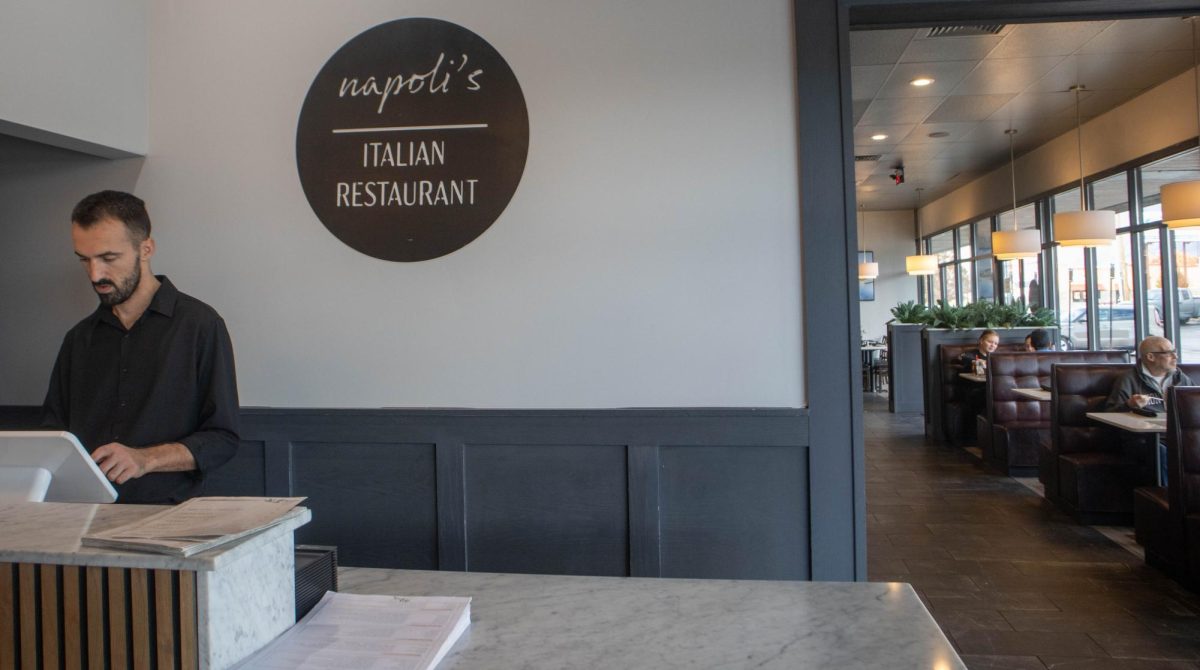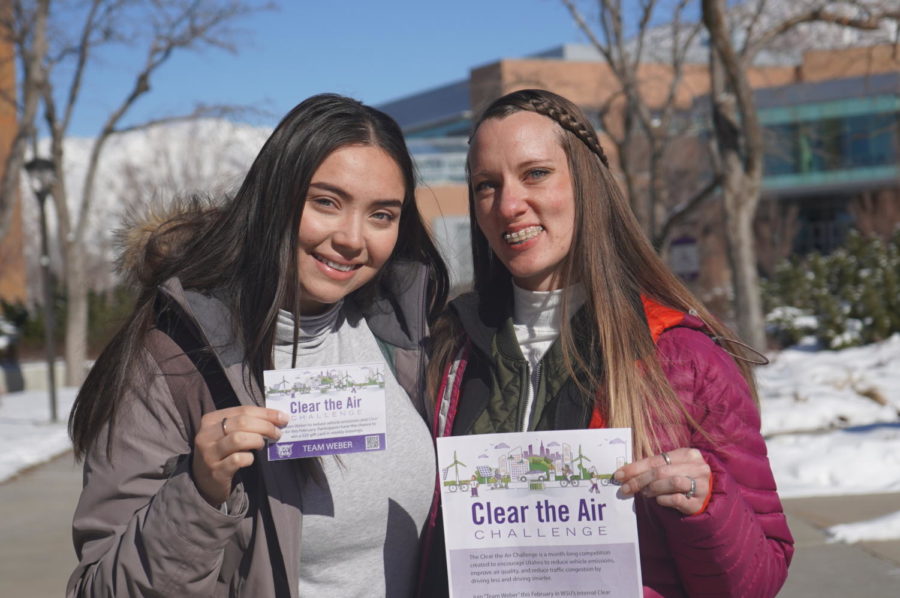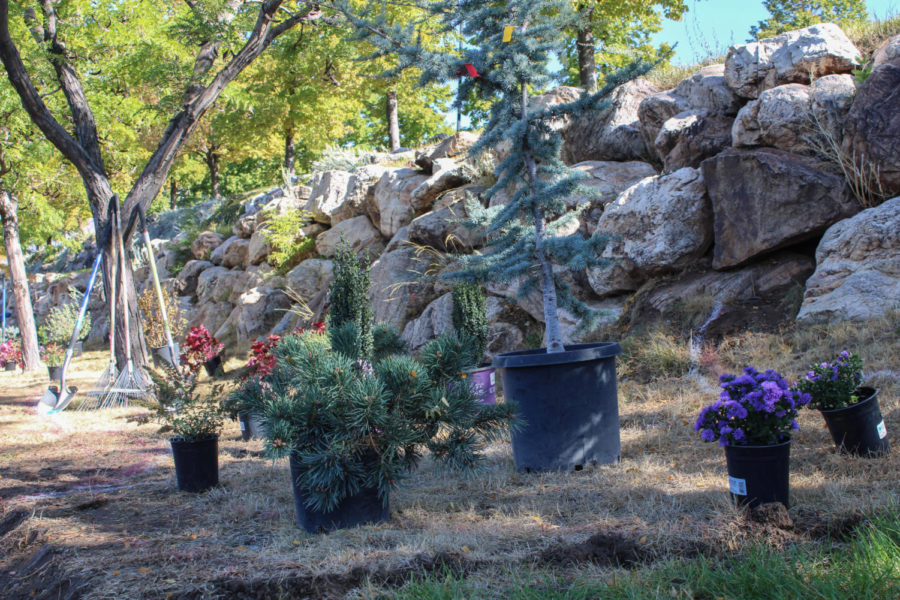During the week of Sept. 7, Utah celebrated the Eat Local Week Challenge. The purpose of the challenge was to promote getting produce and food from local vendors and markets.

Throughout the week, the community hosted events such as Microgreen, Sprouting Class and Vegetable Exchange. Anyone could participate in the challenge at any level: hardcore and easy-does-it.
The hardcore level was for those who find themselves trudging up into the mountains and catching their own fish, or those who enjoy harvesting their own blackberries in the hills. It consists of eating only food that is home-grown, raised and produced in Utah and cutting out unsustainable items like coffee, oil, or canned foods.
For those who still appreciate eating locally but didn’t want to abide by the stricter rules, easy-does-it was a good alternative. It includes shopping at local farmers markets, shopping from locally sourced grocery stores and eating out at a farm-to-table restaurant.
Many people who participated in the Eat Local Week Challenge felt a growing sense of community, accountability and passion.
“Going into the challenge, I had no idea how much more I would get out of the challenge than I thought,” Kennedy Zwemke said. “I predicted to just learn more about ways to eat local, but what I didn’t expect was to make new friends; also participating, getting to know local farmers and where to get the best produce and animal products.”

For those who didn’t participate in the challenge but are still interested in eating local when possible, there are still endless options. There are farmers markets in Salt Lake every Tuesday and Saturday and in Ogden every Saturday.
There is the Community Supported Agriculture, which allows the community to purchase “shares” of a farm at the beginning of a growing season. Farmers then put that CSA money towards the production of their farm, and the CSA members reap the benefits of local produce, typically receiving weekly baskets full of the produce the farms have available.
“Knowing that the Eat Local Week Challenge was happening this fall, I purchased a share of a CSA,” Nancy Lowe said. “Throughout the summer I received weekly baskets full of gorgeous radishes, peas, beans, lettuce, tomatoes and fresh fruit. With the colder weather, I have received a lot of hearty vegetables like kale, squash, sweet potatoes and zucchini.”
The benefits of eating local are numerous, including that local food is full of flavor. You can witness the ways in which produce changes based on weather, receive more nutrients from your food, support the local economy and benefit the environment.
Throughout the fall, everyone can start considering their impact on the environment and find ways to minimize this impact. Finding ways to incorporate local produce and animal products can be a fun hobby and add some spice to your menus. In doing so, you support the many benefits of locally grown food.













